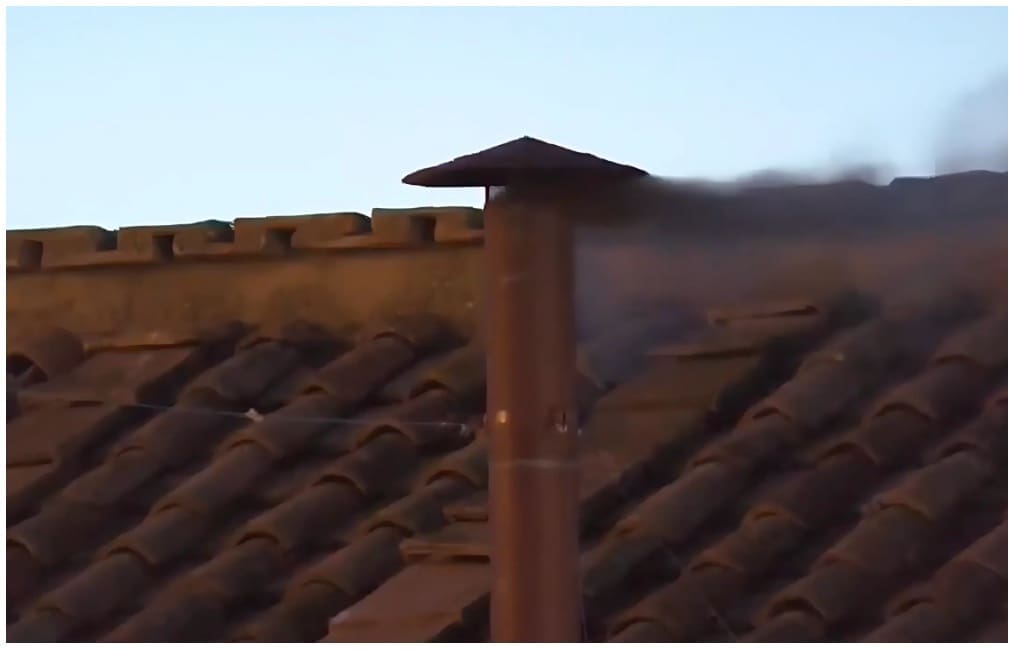White smoke billowing from the Sistine Chapel’s chimney is one of the most iconic signals in the Catholic Church, marking the election of a new pope. This centuries-old tradition is deeply rooted in secrecy, symbolism, and anticipation.

The Papal Conclave: A Sacred Process

The conclave is the process during which a group of cardinals vote for the next pope. The term conclave comes from the Latin cum clave, meaning “with a key,” signifying the locked doors behind which all the cardinals are sequestered to begin the voting. During this time, they are completely isolated from the outside world to ensure a fair and unbiased election.

The Role of Smoke Signals

The conclave is one of the most meticulous voting processes in the Vatican. Each cardinal casts a vote, and a two-thirds majority is required to elect a new pope. If no decision is reached, the ballots are burned with chemicals that produce black smoke, signaling to the public that a new pope has not yet been chosen. Once a two-thirds majority is achieved, the ballots are burned with a different chemical mixture that creates white smoke—announcing to the world that the Catholic Church has a new leader.

The tradition of using smoke signals dates back centuries and has evolved over time to ensure clarity. Today, modern chemical compounds help distinguish the smoke colors more effectively, preventing confusion.

